
New Braunfels, Texas
JWK Consulting & Construction ManagementOwner Built Home Consulting Services & Construction Management Services provided for San Antonio and South Central Texas areas |
Collar Ties, Rafter Ties, Purlins and Braces
Sat, 03/13/2010 - 15:34 — JoeKeresztury
In the roof frame of a home, collar ties and rafter ties are commonly confused for one another. Both are horizontal framing members that serve different purposes and are both important to a properly framed roof. Collar ties are connections between rafters at the upper one third of the roof area just below the ridge and are required at every other rafter of a 24" on center spacing. Collar ties prevent rafter separation and uplift. Contrary to belief collar ties do not prevent wall separation. Collar ties as per current IRC code are required to be at least 1x4(nominal) material but are most commonly at least 2x4's. This is on a conventional stick frame (non truss) structure, as trusses do not require collar ties from a framing material as they are tied together with metal plates / gussets. Also, an engineered truss roof frame does not ordinarilly have a ridge.
Rafter ties are installed as low as possible as they are required to be in the lower third of the roof frame area to prevent exterior walls from spreading. Spreading walls will create a sagging roof. Ceiling joists serve as Rafter ties when they are running the same direction as the rafters and are tied together with them at the exterior wall. When the ceiling joists are running perpendicular with the rafters then rafter ties are run above the joists in the direction of the rafters and are fastened to them. Rafter ties when not also serving as ceiling joists are required to be at least a 2x4 material and should be on edge. These rafter ties running perpendicular above the joists need to be a maximum of 48" on center apart, which would be every other rafter on a 24" o.c. spacing or every three rafters on a 16" on center spacing. Rafter ties (not serving as ceiling joists) that are running above and perpendicular with the joists can sit on the joists and also be fastened to them thus also serving as strong backs to help prevent ceiling joists from twisting and sagging.
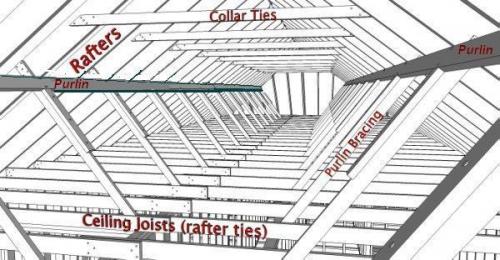
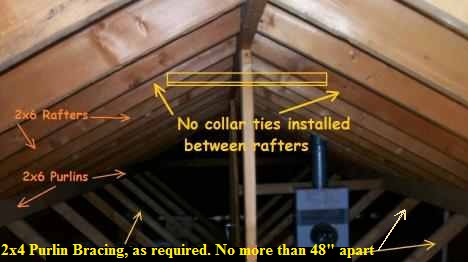
In the image on the left, it shows collar ties and purlins w/ it's bracing properly installed. In the photo on the right purlins with bracing are properly installed, but the required collar ties are missing. Ceiling joists serving as rafter ties as seen in image as needed were verified at the inspection of the San Antonio home seen in the photo.
Purlins on a roof frame serve the purpose of preventing rafters from being over spanned and sagging.
Purlins are placed under rafters in a perpendicular position on edge (not flat). The purlins are supported by vertical or slightly angled bracing. The braces (struts or kickers) should be within every 4' and should not be at a greater than a 45 degree angle towards the roof slope (lower side). These purlin braces or any other roof braces, ridge braces, hip rafter bracing along with valley bracing must not be supported off the ceiling joists. Bracing must be installed off of walls or beams. Larger joist framing materials, for instance 2x10 or 2x12's can be doubled or tripled up with plywood in between and glued to create a flush beam to brace off of as long as it is not over spanned, so as to prevent deflection. Over a long span room area not having anything to brace the roof off of a floating beam can be added above the ceiling joists to brace off of. When ever beams are added and are bearing on a wall solid 2 x 4's should be filled in under the beam in the wall frame to match the width of that beam. A triple 2 x 12 beam should have at least 3 solid 2 x 4's underneath it, not just below the double top plate but also above it if the beam is not resting on the top plates. These beams at their ends should be blocked / braced with framing pockets to prevent twisting and turning. A dropped (exposed) beam is the third alternative when space limitations prohibit the flush beam or raised/ floating beam from being added for roof support bracing.
by Joe Keresztury, San Antonio Owner Builder Consultant
Image by InterNachi - Photo by Joe Keresztury
JWK Consulting is your New Home Construction Specialist for South Central Texas including San Antonio, Austin and all surrounding areas
In the roof frame of a home, collar ties and rafter ties are commonly confused for one another. Both are horizontal framing members that serve different purposes and are both important to a properly framed roof. Collar ties are connections between rafters at the upper one third of the roof area just below the ridge and are required at every other rafter of a 24" on center spacing. Collar ties prevent rafter separation and uplift. Contrary to belief collar ties do not prevent wall separation. Collar ties as per current IRC code are required to be at least 1x4(nominal) material but are most commonly at least 2x4's. This is on a conventional stick frame (non truss) structure, as trusses do not require collar ties from a framing material as they are tied together with metal plates / gussets. Also, an engineered truss roof frame does not ordinarilly have a ridge.
Rafter ties are installed as low as possible as they are required to be in the lower third of the roof frame area to prevent exterior walls from spreading. Spreading walls will create a sagging roof. Ceiling joists serve as Rafter ties when they are running the same direction as the rafters and are tied together with them at the exterior wall. When the ceiling joists are running perpendicular with the rafters then rafter ties are run above the joists in the direction of the rafters and are fastened to them. Rafter ties when not also serving as ceiling joists are required to be at least a 2x4 material and should be on edge. These rafter ties running perpendicular above the joists need to be a maximum of 48" on center apart, which would be every other rafter on a 24" o.c. spacing or every three rafters on a 16" on center spacing. Rafter ties (not serving as ceiling joists) that are running above and perpendicular with the joists can sit on the joists and also be fastened to them thus also serving as strong backs to help prevent ceiling joists from twisting and sagging.

In the image on the left, it shows collar ties and purlins w/ it's bracing properly installed. In the photo on the right purlins with bracing are properly installed, but the required collar ties are missing. Ceiling joists serving as rafter ties as seen in image as needed were verified at the inspection of the San Antonio home seen in the photo.
Purlins on a roof frame serve the purpose of preventing rafters from being over spanned and sagging.
Purlins are placed under rafters in a perpendicular position on edge (not flat). The purlins are supported by vertical or slightly angled bracing. The braces (struts or kickers) should be within every 4' and should not be at a greater than a 45 degree angle towards the roof slope (lower side). These purlin braces or any other roof braces, ridge braces, hip rafter bracing along with valley bracing must not be supported off the ceiling joists. Bracing must be installed off of walls or beams. Larger joist framing materials, for instance 2x10 or 2x12's can be doubled or tripled up with plywood in between and glued to create a flush beam to brace off of as long as it is not over spanned, so as to prevent deflection. Over a long span room area not having anything to brace the roof off of a floating beam can be added above the ceiling joists to brace off of. When ever beams are added and are bearing on a wall solid 2 x 4's should be filled in under the beam in the wall frame to match the width of that beam. A triple 2 x 12 beam should have at least 3 solid 2 x 4's underneath it, not just below the double top plate but also above it if the beam is not resting on the top plates. These beams at their ends should be blocked / braced with framing pockets to prevent twisting and turning. A dropped (exposed) beam is the third alternative when space limitations prohibit the flush beam or raised/ floating beam from being added for roof support bracing.
by Joe Keresztury, San Antonio Owner Builder Consultant
Image by InterNachi - Photo by Joe Keresztury
JWK Consulting is your New Home Construction Specialist for South Central Texas including San Antonio, Austin and all surrounding areas
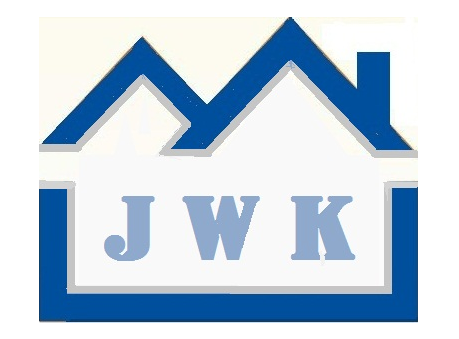



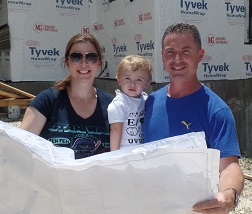
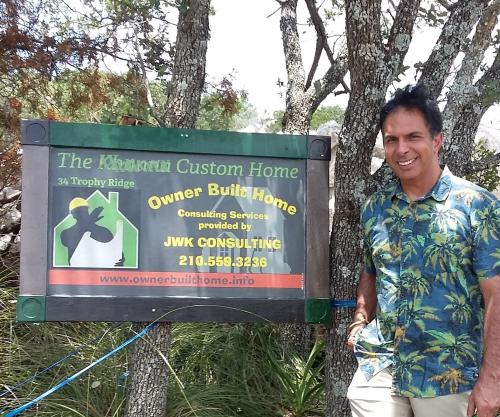
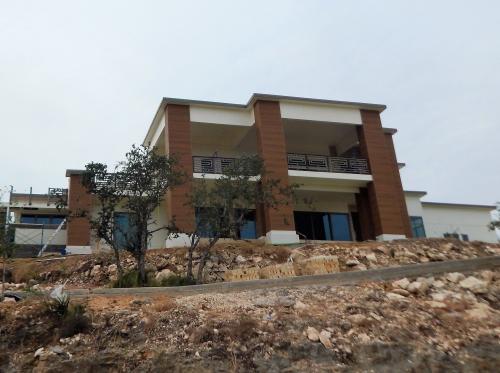
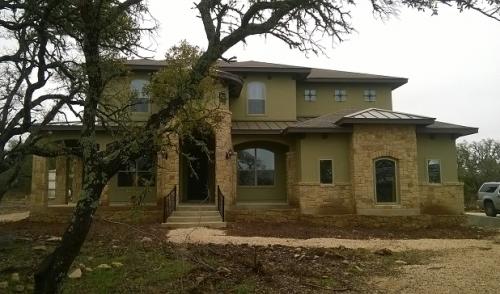
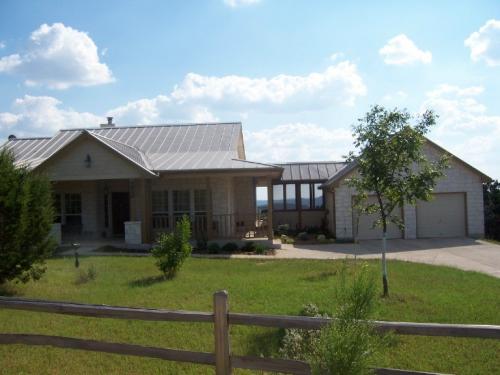
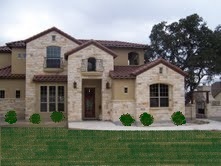






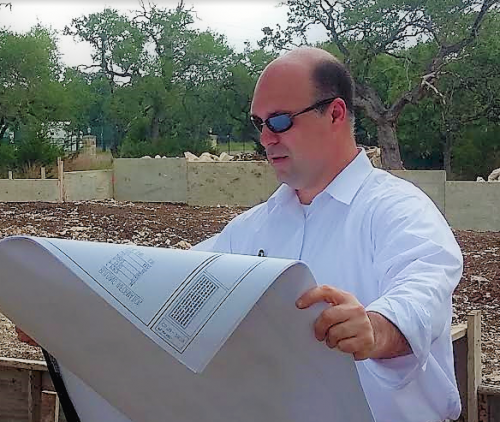

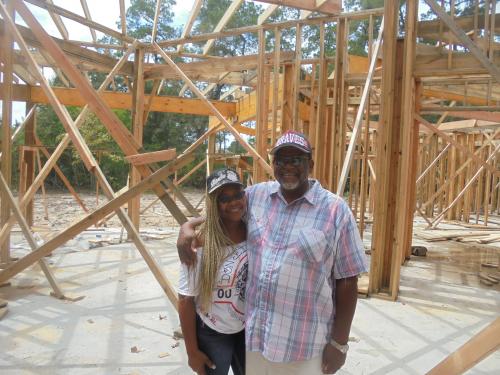


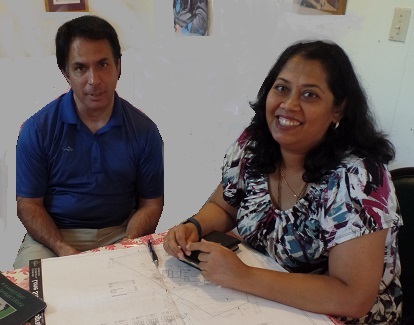
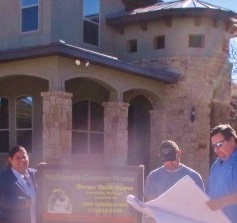
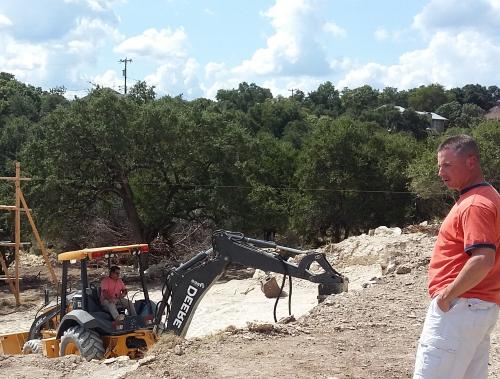
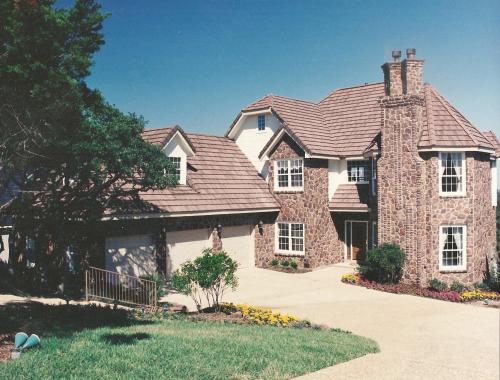
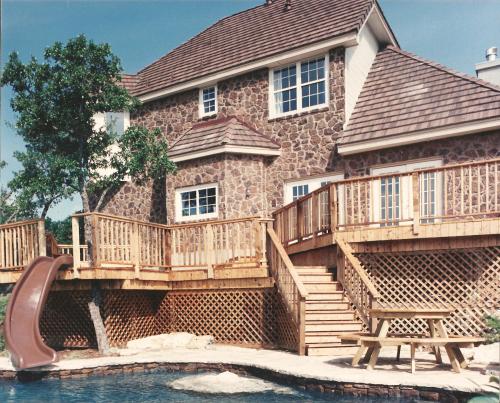



Comments
Good article Joe. So many
Good article Joe. So many homeowners do not know the difference and as far as that goes, a lot of builders don't know the difference.
Good educational article.
I liked your article on slab on grade in the San Antonio area.
Spent two weeks there and very nice place.
It is important to know that in different Geographical areas the type of construction and design is unique for the area and differs very much to say like here, Maine.
Maine has a frost line of 4' all the way down to 8' in the Northern part.
Joe KereszturyJWK
Joe Keresztury
JWK Inspections
San Antonio, Texas
(210) 559-3236
www.jwkhomeinspections.com
Thanx Marcel, I didn't know you had visited San Antonio.
Surprising that your visit didn't make you want to move here. I can't believe how deep the frost line is in Maine(4-8'). It's only like 6-12" here. Take care, Joe
Very nice Joe. I think we
Very nice Joe. I think we may be struggling with a language barrier between Canada and San Antonio Texas :). For instance we don't call supports for rafters, purlins. Here purlins are on top of the roof.
It appears that even collar ties are not the same in San Antonio as they are here in Mid Western Ontario. What we call a collar tie is generally not allowed to be any higher than the top third (mid span is ideal) and it is used as intermediate support for the rafters. Basically it cuts down on the span of the rafter. In order to do that, when they are required they have to be on every rafter and can't be smaller than 2"x4". Enough on the differences in terminology. One thing that is the same in Kitchener Waterloo as it is in San Antonio is the misconception that collar tied keep the walls together. Wrong location for that. Good post. Thanks
Bert de Haan
Joe KereszturyJWK
Joe Keresztury
JWK Inspections
San Antonio, Texas
(210) 559-3236
www.jwkhomeinspections.com
Thanx for checking in Bert. Sure does sound like we have some terminology differences in framing construction. There are alot of similarities, but I am surprised by all the differences. Kinda like the big weather differences in Kitchener Waterloo, Canada as compared to here in San Antonio. Of course another big difference is foundations. We have mostly slab foundations in San Antonio while you have basements in Mid western Ontario. I was surprised to find out from you on the Home Inspector Pro Message Board that ya'll actually insulate the basements and also heat the basements.
If anyone wants to check out my Canadian colleague's Home Inspection blogs go to: http://www.KitchenerWaterlooHomeInspector.ca
Bert de Haan is the owner of Benchmark Home Inspection Services. Serving Kitchener-Waterloo, Guelph, Orangeville, Mount Forest and surrounding areas in Ontario, Canada
so, is it upper or lower 1/3
so, is it upper or lower 1/3 for the collar ties? Please confirm, it is not clear here whether collar ties and rafter ties are the same and you mention both locations, danger here!
Thanks
CF
Joe KereszturyJWK
Joe Keresztury
JWK Inspections
San Antonio, Texas
(210) 559-3236
www.jwkhomeinspections.com
Anonymous (CF), it is very clear in blog/article above, that the collar ties are upper third and different than rafter ties that are required in lower third.
Post new comment